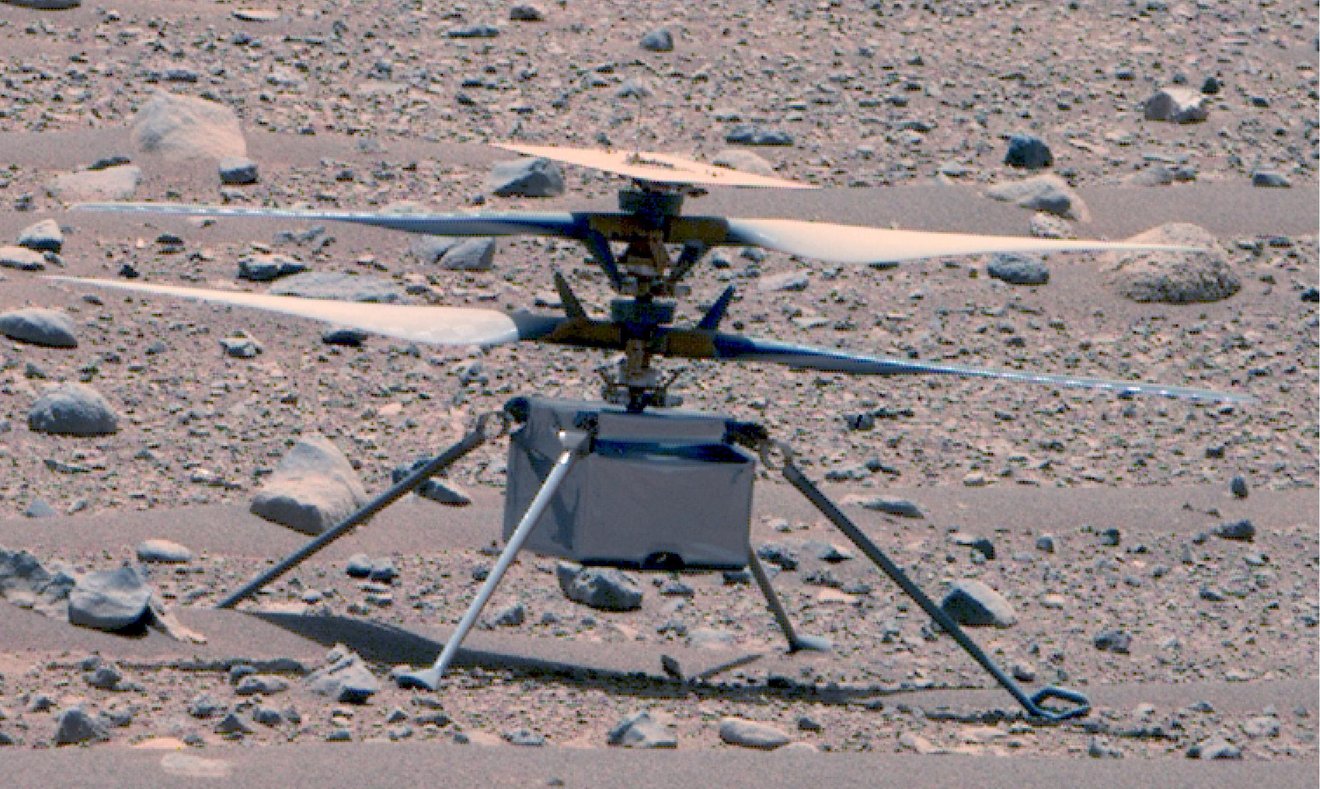
Continue reading

Continue reading
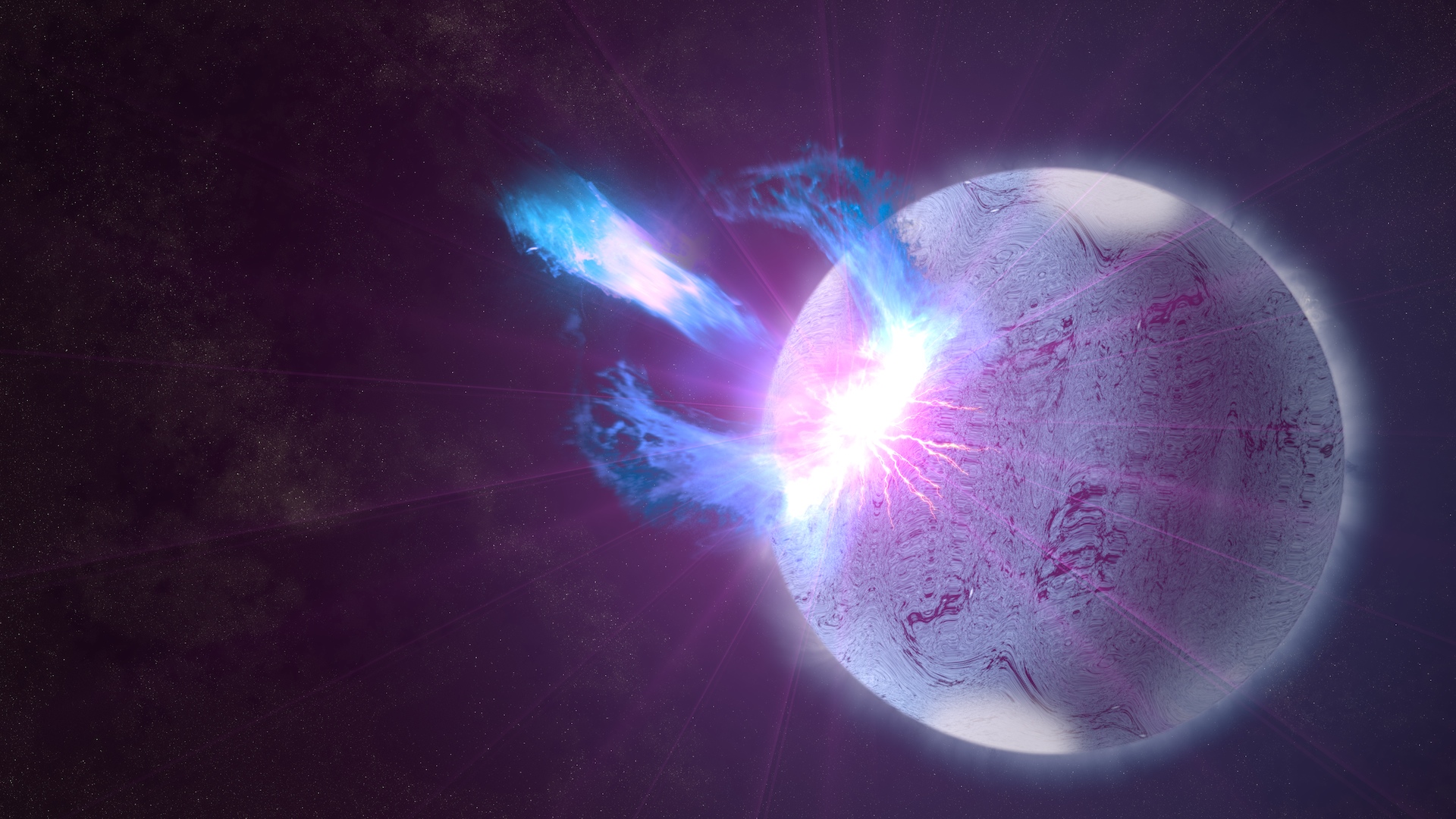
Continue reading
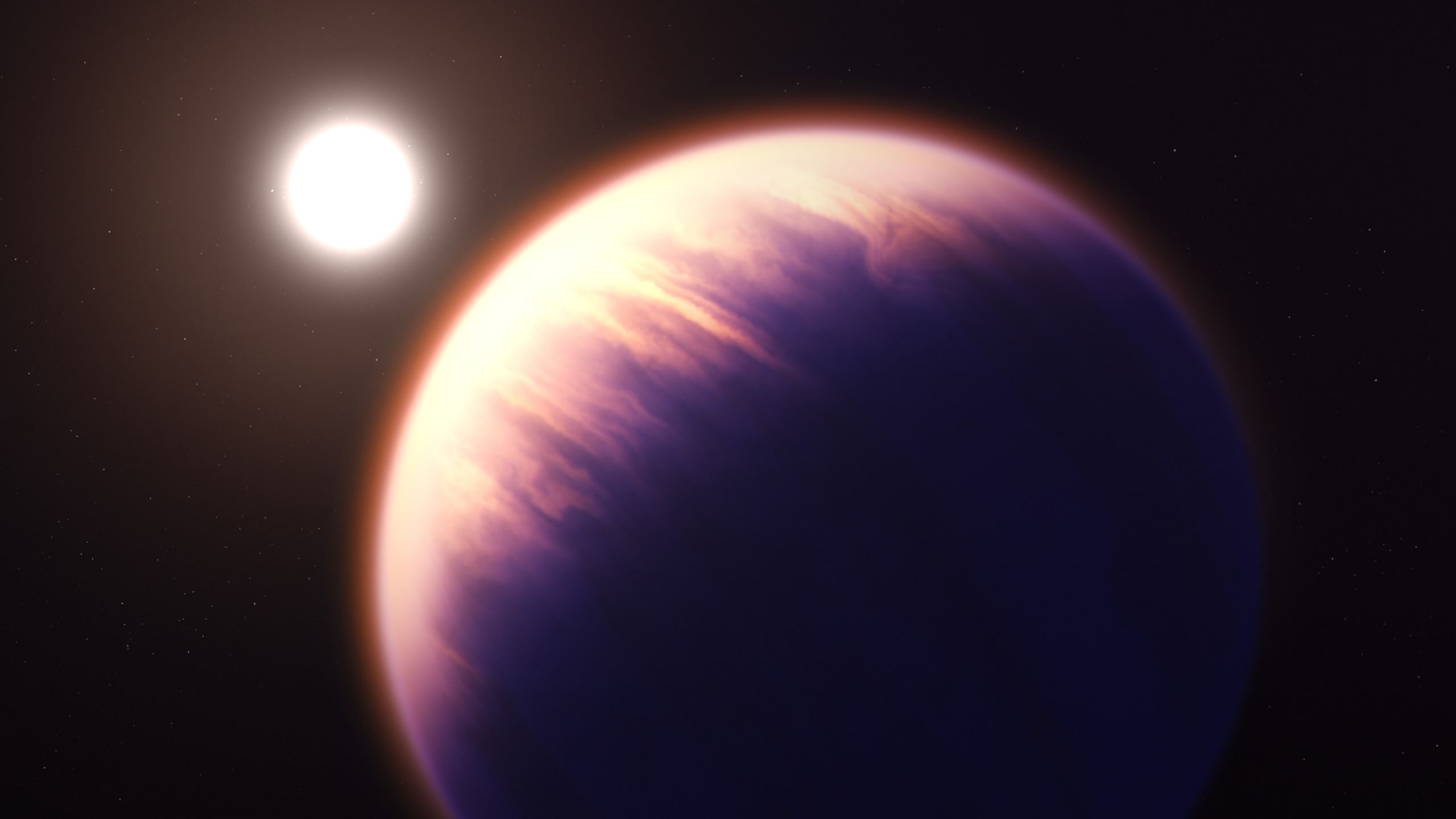
ESA's Cheops mission has been studying an ultra-hot exoplanet around a nearby star and discovered its metallic clouds reflect about 80% of the light shining on it from its host star. The planet is about the size of Neptune, and its high-temperature clouds are filled with silicate mixed with metals like titanium. The planet takes only 19 hours to orbit its star, and astronomers are puzzled why it hasn't had its atmosphere blown away, leaving only bare rock behind. The metal clouds might actually be the solution, reflecting the heat away and preventing the atmospheric stripping.
Continue reading
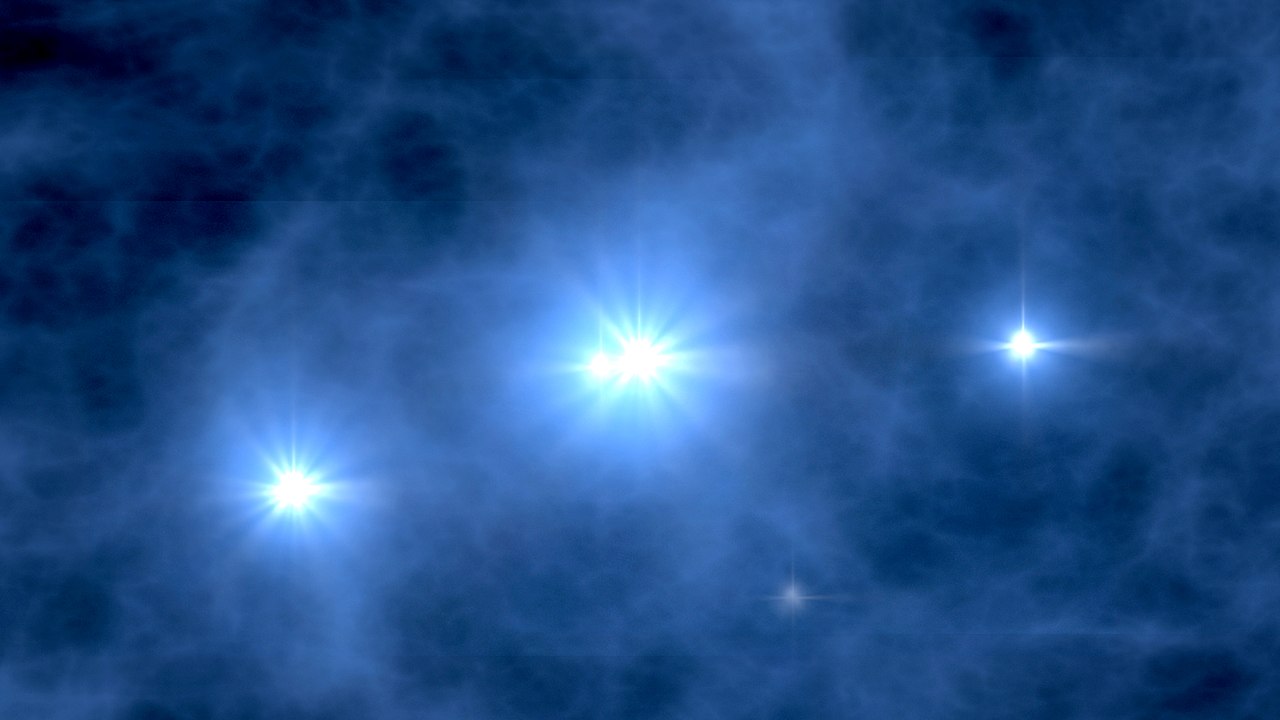
Continue reading
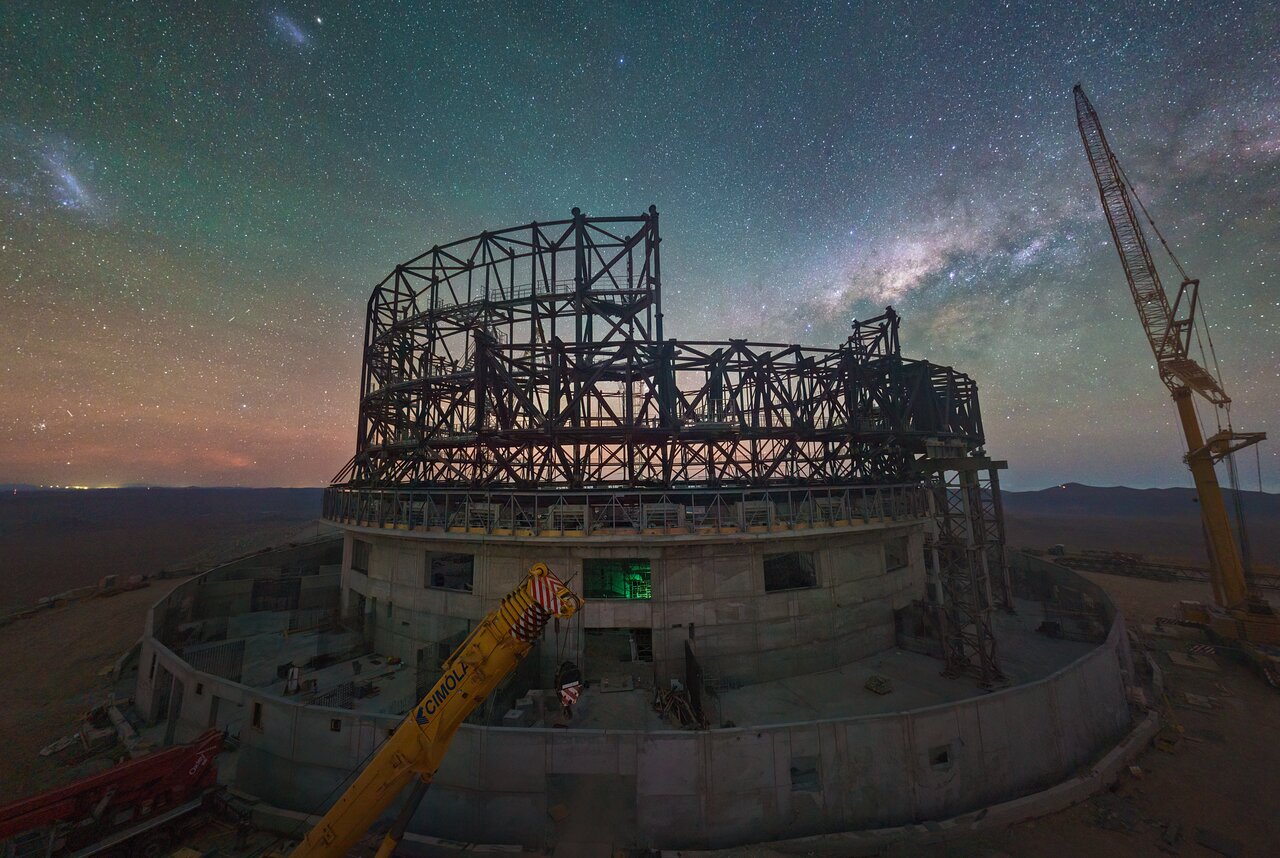
Continue reading
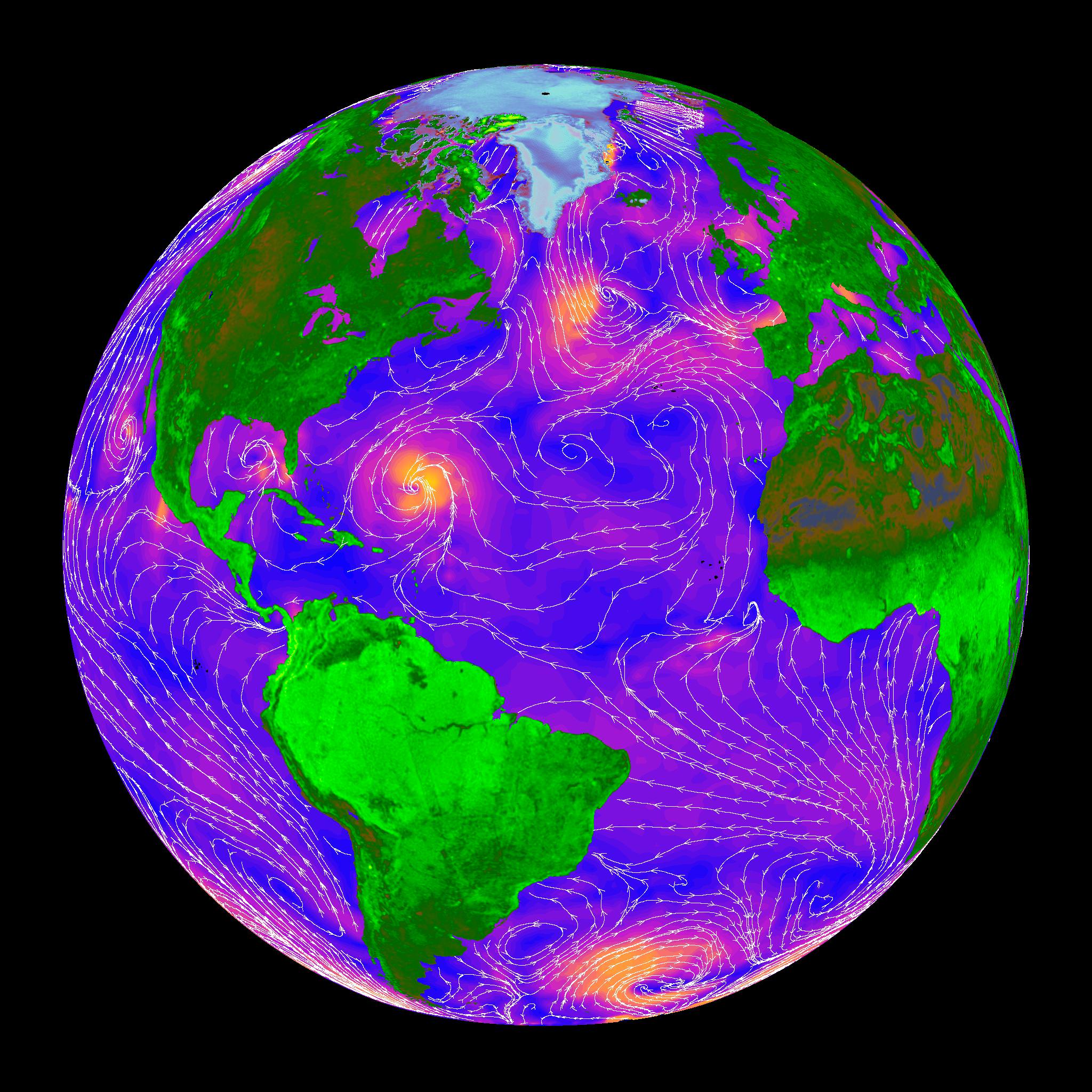
China's Zhurong rover landed in the Utopia Planitia region of Mars, a vast plain in the northern hemisphere. Dunes surround the landing site, piled up by winds over eons. Images from the rover show that the landing area went through two main climatic stages, where the predominant wind changed direction by 70 degrees. Scientists think this change happened around 400,000 years ago and could have been due to a change in the planet's rotation axis, causing a global climate change that affected wind patterns.
Continue reading
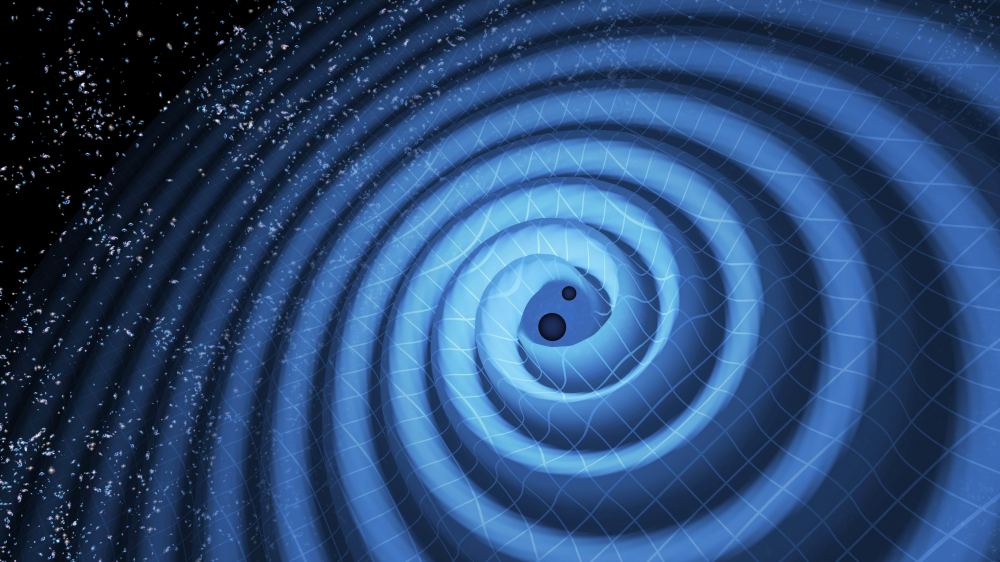
Continue reading
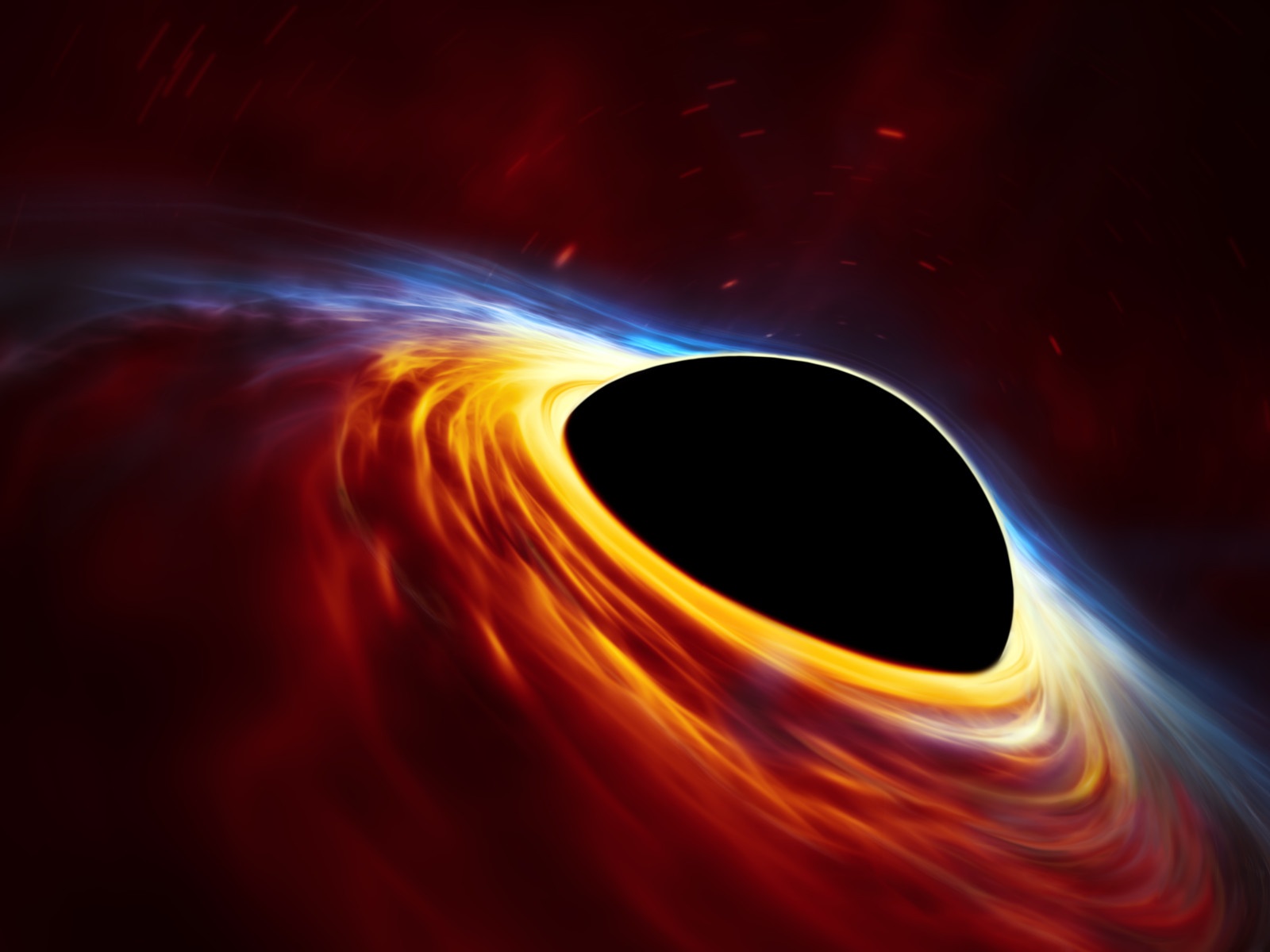
A new study describes how astronomers discovered a supermassive black hole that suddenly "switched on" and became
Continue reading
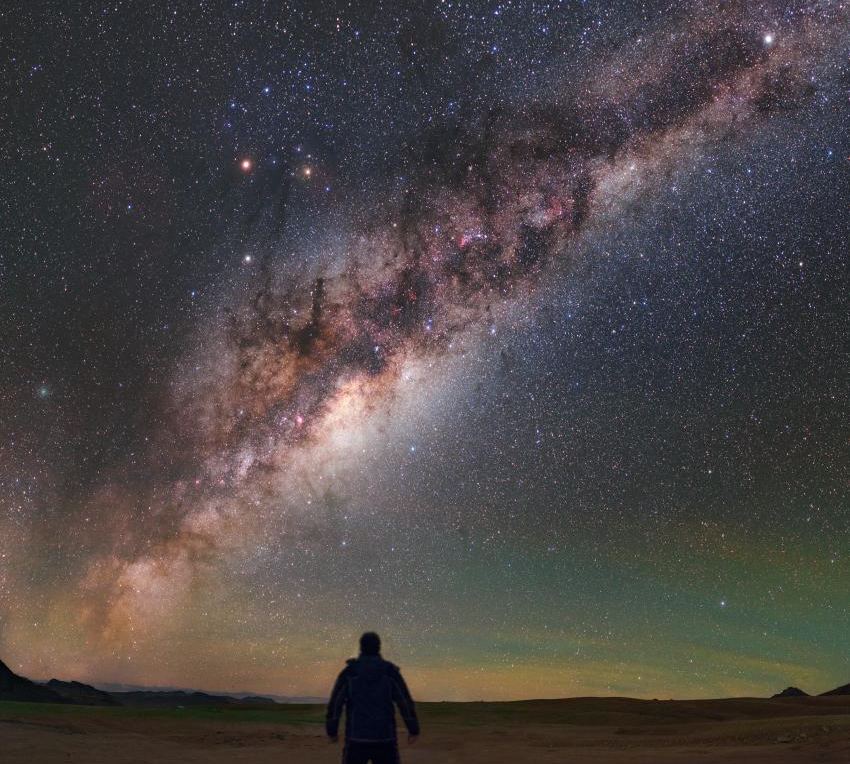
Continue reading
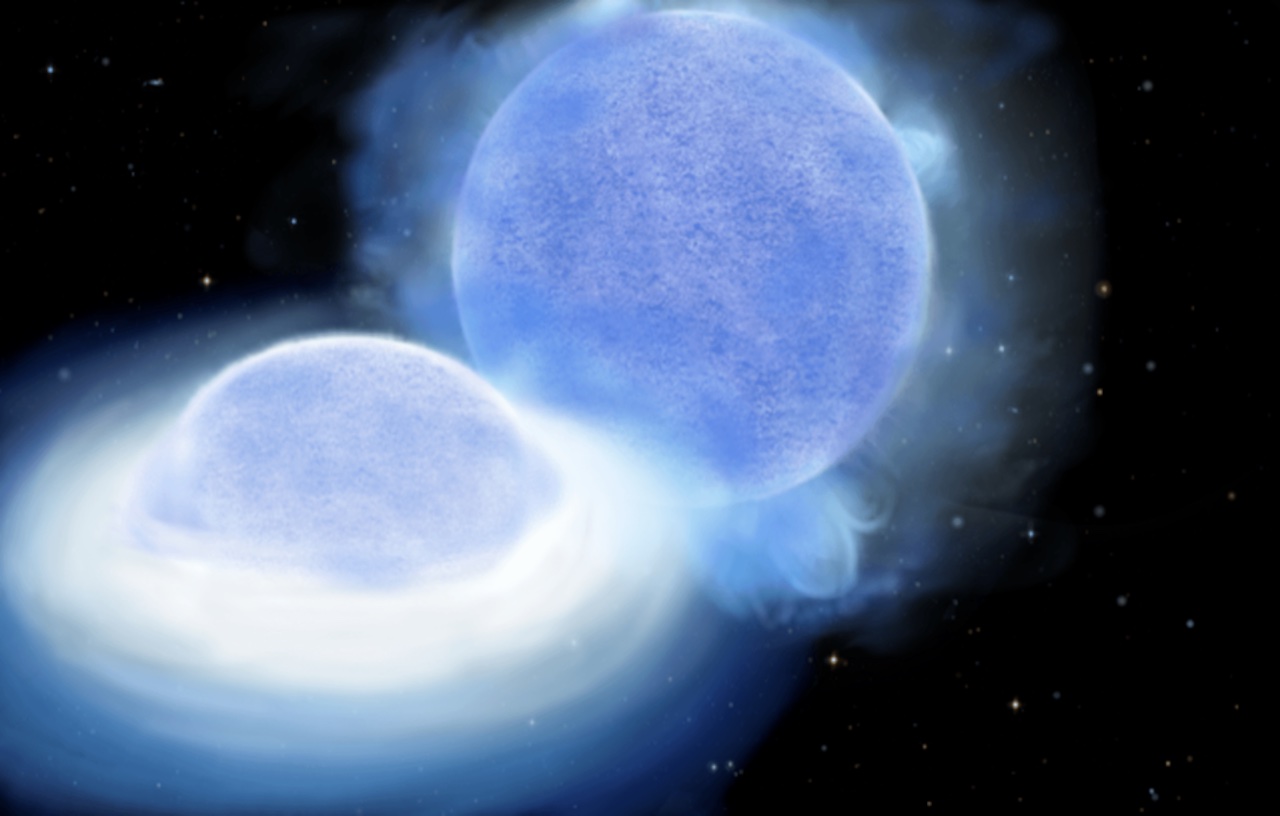
Astronomers have found a bizarre binary star system where a neutron star orbits with another star. Its companion used to be more massive, but the neutron star has torn away and consumed its outer layers, leaving only three solar masses of material. The neutron star has increased its rotation speed due to all the material stolen from its companion. Although the stripped star looks similar to regular main sequence stars, this is only because it still has a thin shell of hydrogen around its largely helium core. It should explode as a supernova about a million years from now, becoming a neutron star. Eventually, they'll collide, creating a kilonova.
Continue reading

Astronomers have observed dozens of newly forming stars surrounded by protoplanetary disks. Some look like grooved vinyl records, while others have developed bizarre spiral galaxy-like arms. These spiral arms account for about a third of the disks. Astronomers have finally directly observed a giant exoplanet that appears to be responsible for a set of protoplanetary arms. The planet has twice the mass of Jupiter and is unexpectedly red, the reddest planet ever seen because of all the dust surrounding it.
Continue reading
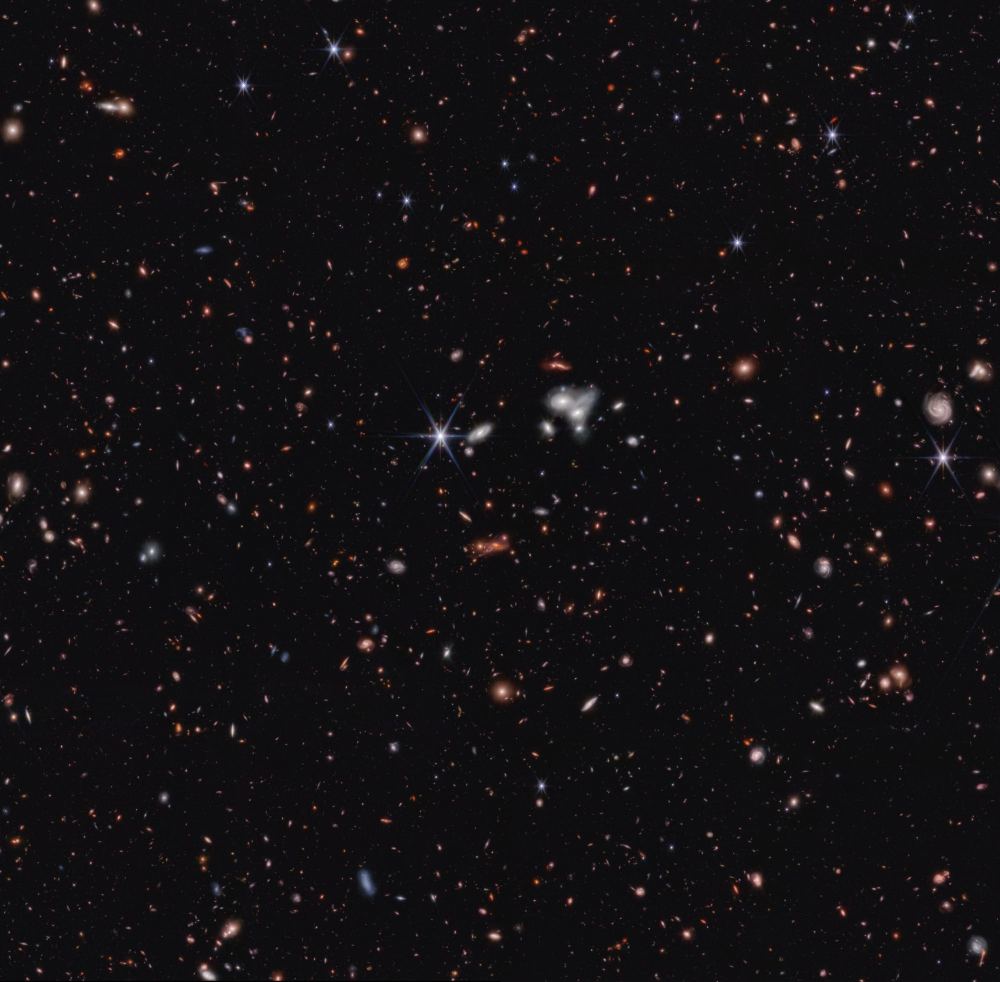
Continue reading
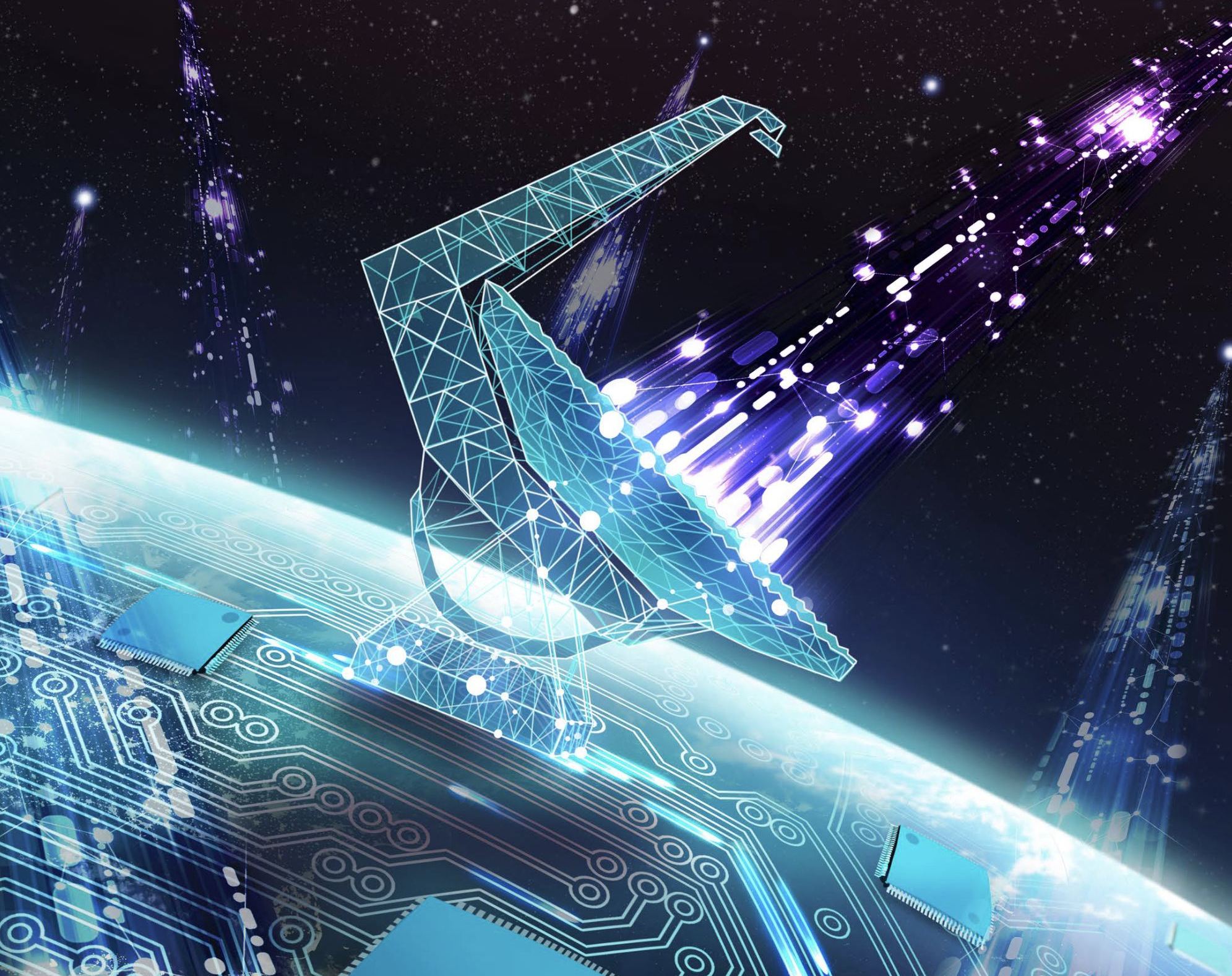
The VERITAS Collaboration and Breakthrough Listen just released the results of the first year of their survey for optical technosignatures.
Continue reading
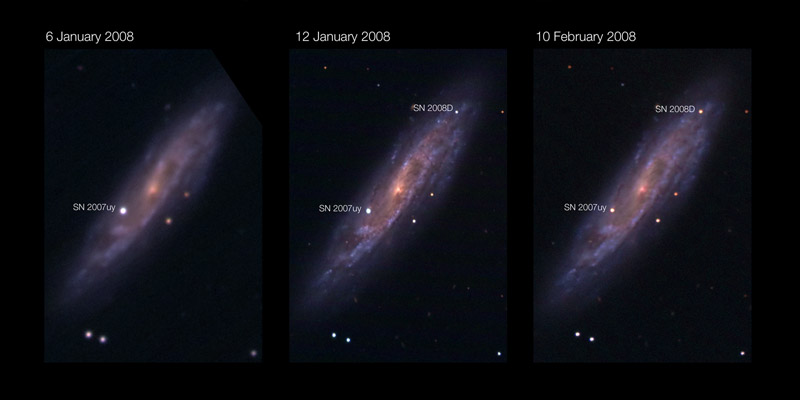
Dust is the building block for much of the Universe, including the planet you were born on. But where did all this dust come from? New research using JWST shows large quantities of dust surrounding two Type II supernovae that detonated in a galaxy 22 million light-years away. The observations from JWST showed that each remnant contained more than 5,000 times the mass of Earth in dust. This helps explain why the earliest galaxies are filled with dust and young stars that exploded as supernovae.
Continue reading
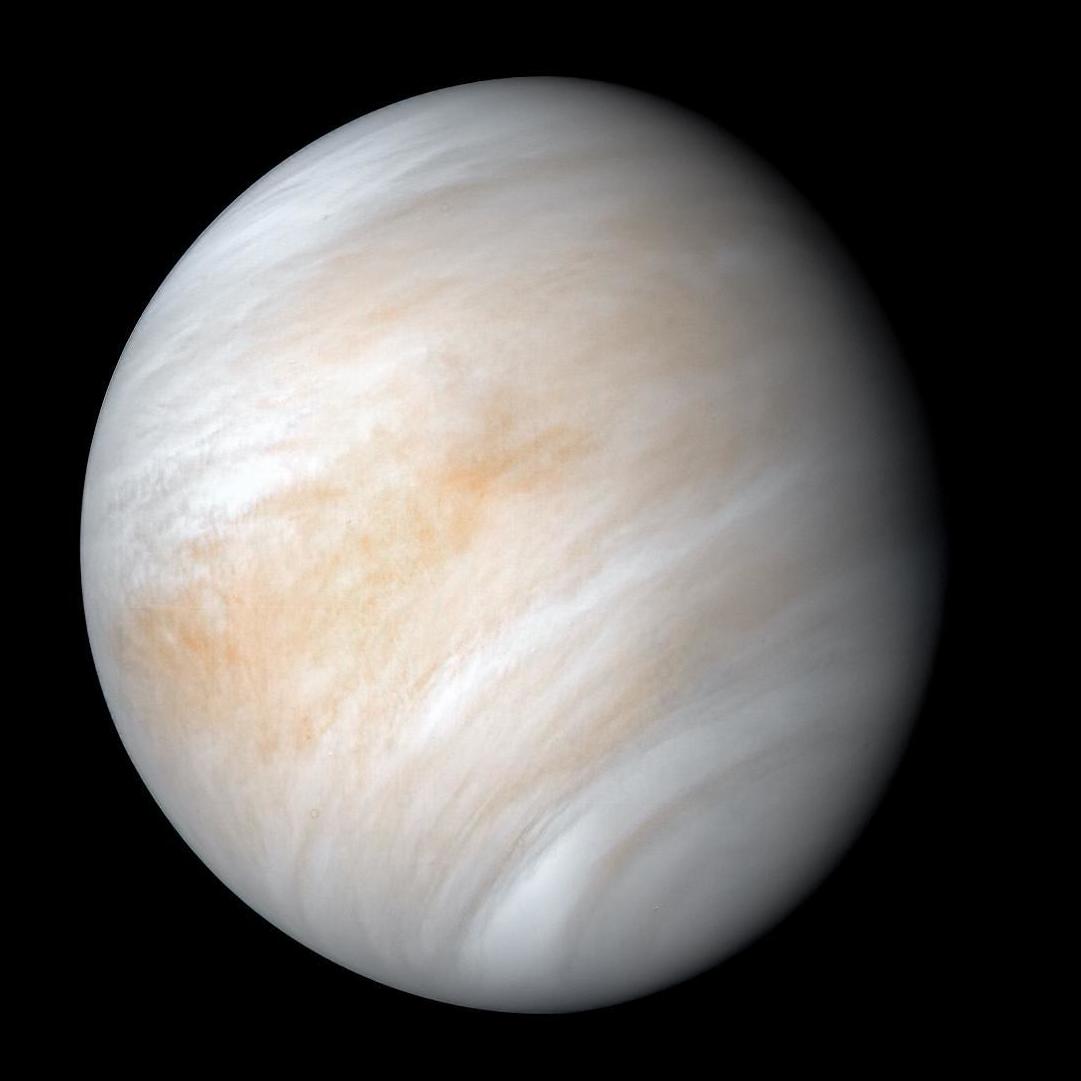
A new study has found that some of the building blocks of organic molecules could survive in Venus clouds, suggesting life could exist there.
Continue reading
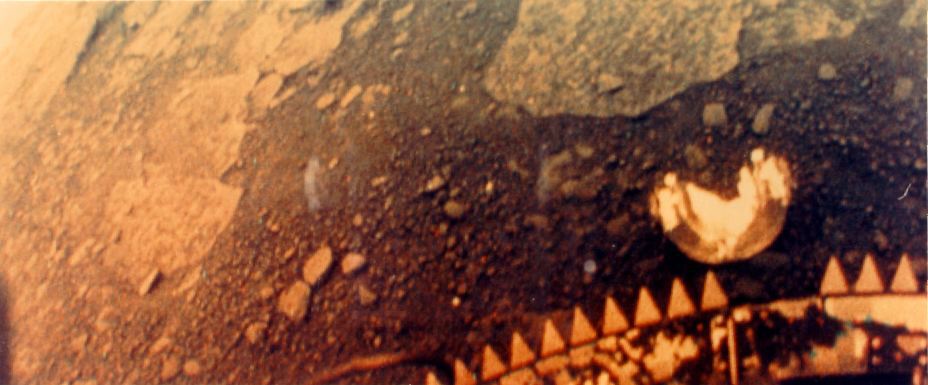
Continue reading
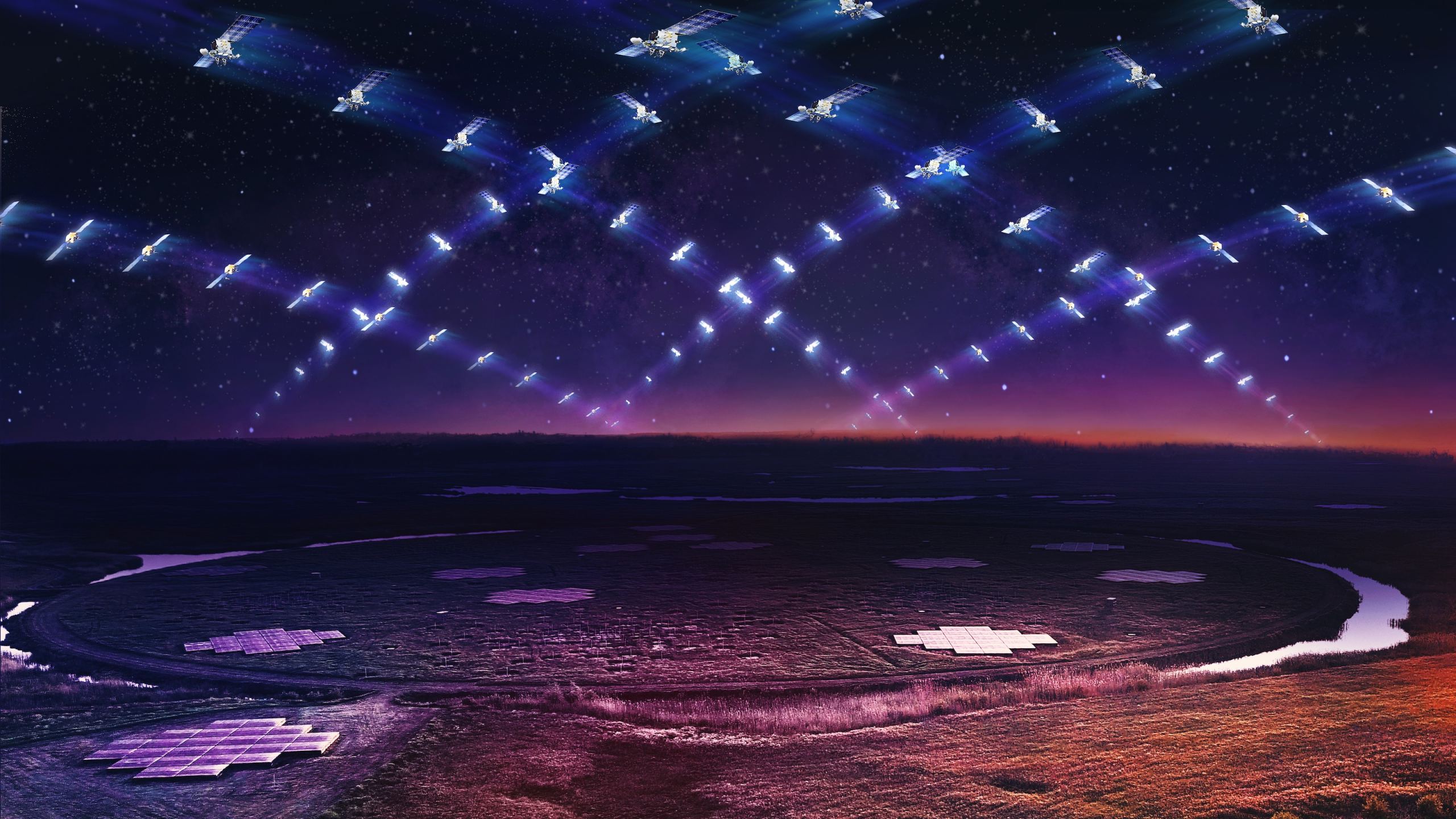
You've heard that satellite constellations like Starlink are a problem for astronomers and their telescopes. Because the satellites are communicating with radio waves, they're also an issue for radio astronomers. A new study used the Low-Frequency Array to observe 68 Starlink satellites as they flew overhead. The telescopes could detect the "unintended electromagnetic radiation" emanating from electronics onboard the Starlink satellites. These could impact radio observations, and unlike visible light, the glare isn't coming from reflected light but emissions from the satellites themselves.
Continue reading
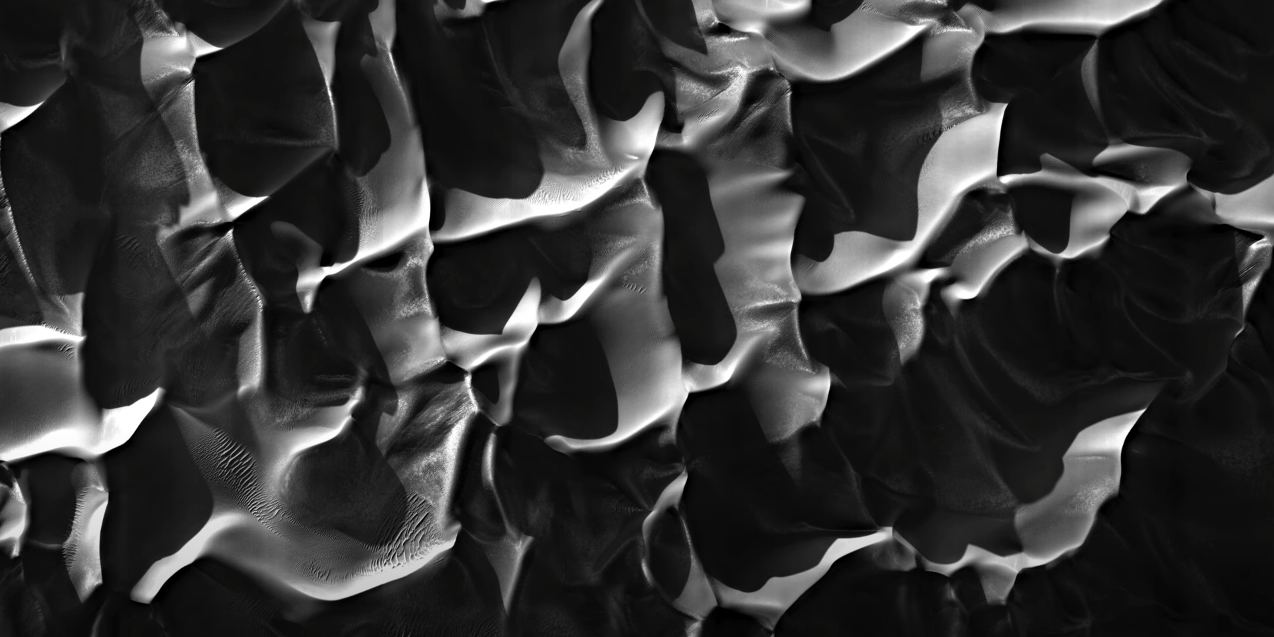
Continue reading
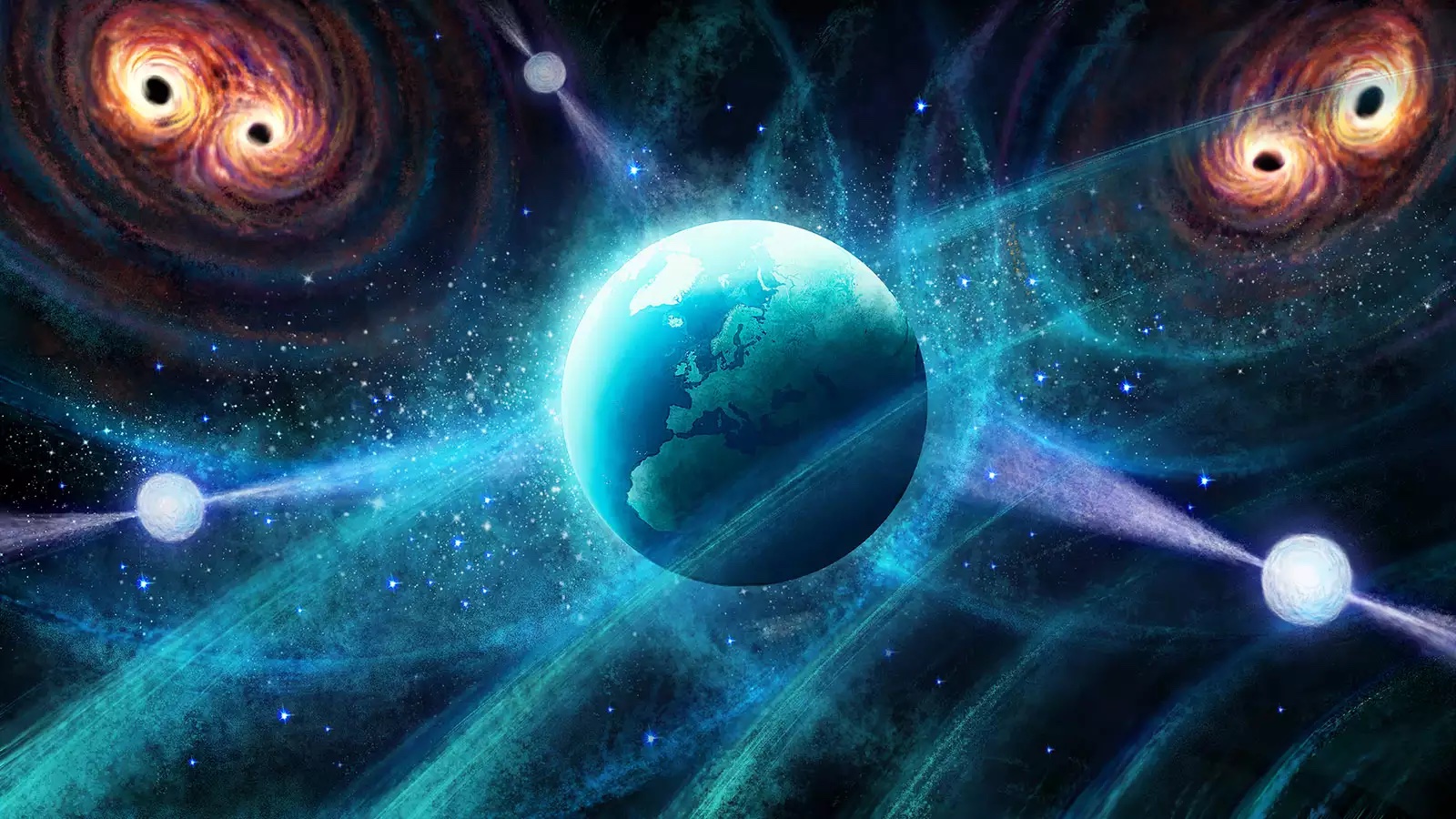
With last week's announcement of the gravitational wave background detected by timing arrays, the assumption was that these are the constant thrum of supermassive black holes orbiting each other. A new paper investigates whether these gravitational wave signals come from a much earlier time in the Universe and a much greater distance. Instead of relatively nearby supermassive black holes, could these be coming from primordial black holes interacting early on in the Universe?
Continue reading




















